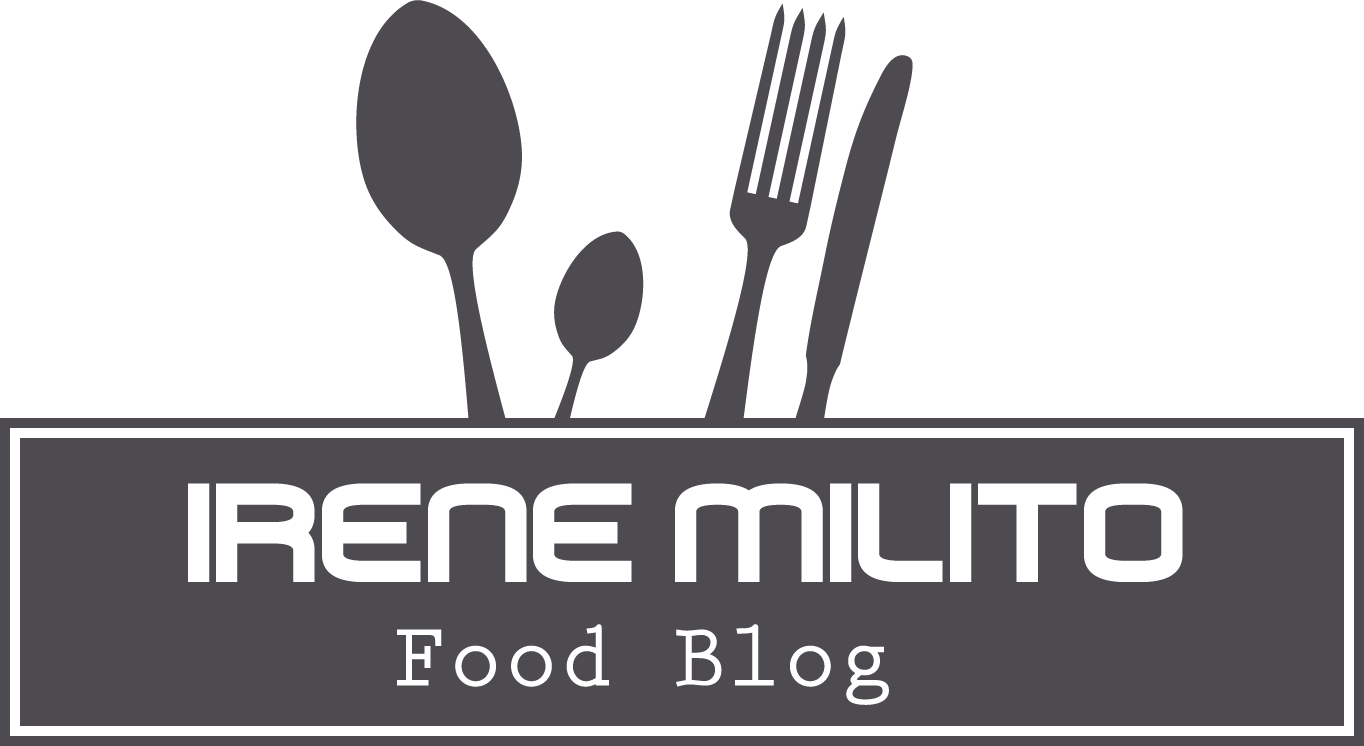Ketogenic diet: Etymology

When scientists talk about diets, we tend to believe that the main objective of any aims at losing weight; however, it is not always the case. Indeed, the use of a diet can be an effective prescription to deal with a specific health conditions like arthritis and other diseases. One of the most well known dietary programs is the Ketogenic diet. The history of the Ketogenic diet dates back to the therapy of epilepsy of the nineteen twenties and the thirties. It was also used in order to be an alternative substitute for what was called the non mainstream fasting. And studies have demonstrated the Ketogenic diets worked very well as an epileptic therapy. Nevertheless, the Ketogenic diet was completely abandoned after creating many anticonvulsant therapies. Yet, despite the newly introduced, developed therapies, scientists revealed in many studies that even developed medications failed to control epilepsy in more than 30% of the epileptic conditions and most of them were in children. Ketogenic diets were the only effective programs that proved its unrivalled success in controlling epilepsy. But what is epilepsy? Epilepsy can be defined as a neurological disorder that may affect people in different stages of their lives. It also means a frequent number of seizure problems that are most of the times unpredictable. The severity of the seizure varies from a person to the other and trying any wrong method to control it may result in worsening the patient’s condition and causing unpredicted neurological problems. It is a condition that affects people’s safety as well as their daily habits and even social relations and the only successful medium to control it is 100% dietary. In, fact the role of eating habits interfered with the treatment of epilepsy with the introduction of the fasting concept into mankind thousands of years ago. So what does the word Ketogenic mean? The word Ketogenic is derived from ketosis. Ketosis is a pathological condition and a metabolic status during which the human body produces ketones in order to be used ad fuel by specific organs that need glycogen to function. This exact condition happens, especially, during starvations and fasting. A goof Ketogenic diet is generally made up of the elements below:
- A high presence of healthy fats
- A balanced level of protein within the human body
- A low level of carbohydrates
What happens exactly in a Ketogenic diet is that it causes the body to produce ketones. Indeed, during a Ketogenic diet, the primal source of the provided energy is fat and when it is combined with reduced consumption of carbohydrates, the body produces ketones. When we follow a regular Ketogenic diet, the food we eat is transformed into glucose; then is transported around our bodies to be used as a source of energy, mainly by the brain. Our brain relies on the use of glucose as its source of energy; yet when the quantity of carbohydrates is very low, the liver starts processing fats in order to provide the brain with the energy it needs and these fats are called fatty acids and ketone elements. If the level of ketone elements increases, it leads to ketosis. Many studies have shown that following a Ketogenic diet reduces the seizures especially in children. What characterizes the classic Ketogenic diet is that the ratio of fats to proteins and carbohydrates make together 4:1. We can mention many examples of fatty food like cream, butter, olive oil, lard, duck fat. There are also a variety of foods high in carbohydrates we should avoid like pasta, sugar, grains; starchy fruit and so on.

